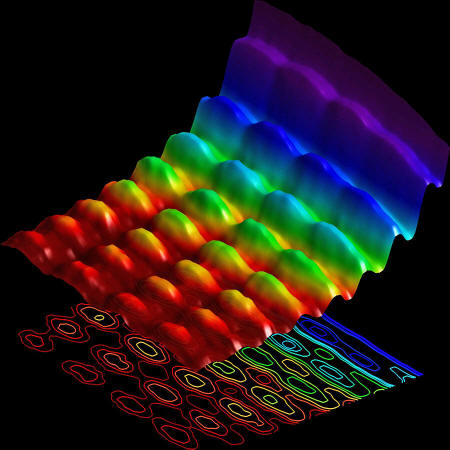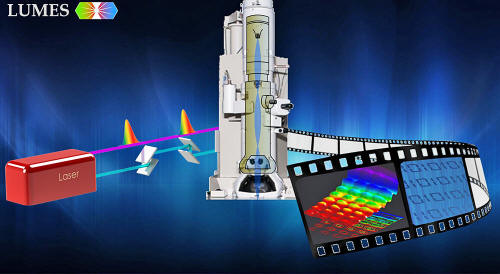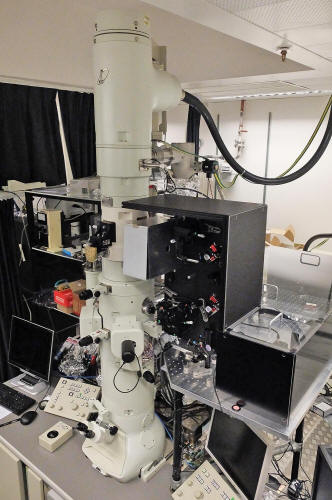|
Since the days of Einstein, scientists
have been trying to directly observe both of these aspects of light
at the same time. Now, scientists
at EPFL have succeeded in capturing
the first-ever snapshot of this
dual behavior.
However, there has never been an experiment able to capture both natures of light at the same time; the closest we have come is seeing either wave or particle, but always at different times.
Taking a radically different
experimental approach, EPFL scientists have now been able to take
the first ever snapshot of light behaving both as a wave and as a
particle. The breakthrough work is published in Nature
Communications.
Albert Einstein explained this
"photoelectric" effect by proposing that light - thought to only be
a wave - is also a stream of particles. Even though a variety of
experiments have successfully observed both the particle- and
wave-like behaviors of light, they have never been able to observe
both at the same time.
The researchers have captured, for the
first time ever, a single snapshot of light behaving simultaneously
as both a wave and a stream of particles.
This is where the experiment's trick comes in:
Using the ultrafast microscope to image
the position where this change in speed occurred, Carbone's team
could now visualize the standing wave, which acts as a fingerprint
of the wave-nature of light.
As the electrons pass close to the standing wave of light, they "hit" the light's particles, the photons. As mentioned above, this affects their speed, making them move faster or slower.
This change in speed appears as an exchange of energy "packets" (quanta) between electrons and photons.
The very occurrence of these energy packets shows that the light on the nanowire behaves as a particle.
In addition, the importance of this pioneering work can extend beyond fundamental science and to future technologies.
As Carbone explains:
More information
|




